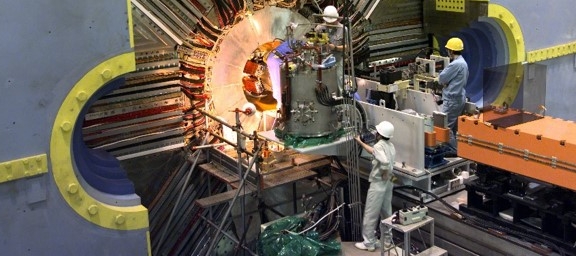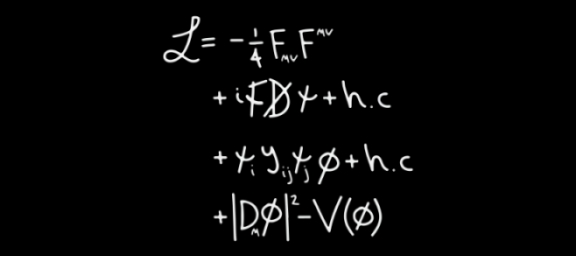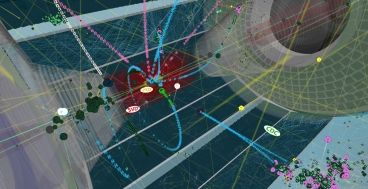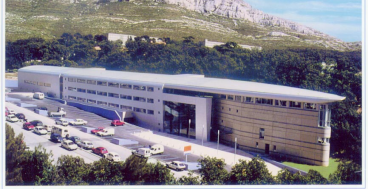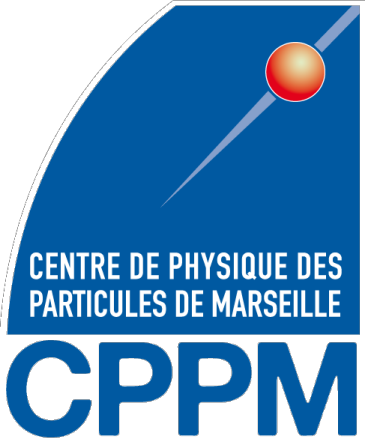WELCOME
to the NEPAL website
NEw Physics searches with tAu Leptons
A project financed by the European Research Council

The Belle II Experiment
The Belle II experiment is a particle physics experiment designed to study the properties of B mesons (heavy particles containing a bottom quark). Belle II is the successor to the Belle experiment, and is currently recording collision data provided by the SuperKEKB accelerator complex at KEK in Tsukuba, Japan. The aim of Belle II is to record 50 ab-1, meaning 50 times the statistic of Belle. The collaboration comprises more than 1000 physicists from all around the world. See the recorded statistics here.
Searching for New Physics
All we know about elementary particles and their interactions are described within the framework of the Standard Model, a theory built in the 70's. This model is however unable to answer some of the big questions of the Universe, and a New Physics , beyond the Standard Model, is actively searched for in different experimental facilities. With Belle II, we try to find evidence of this New Physics searching for particle decays that are forbidden in the Standard Model, or looking for deviations between decays properties from the Standard Model predictions. For an introductino to partcile physics, see summary of Particle Physics (in French).
Interested in joining? Head over to
job offersBelle II is an international collaboration
gathering more than 1000 physicists
The High Energy Accelerator Research Organization (KEK) is the Japanese organization in charge of the particle collider producing the data collected by Belle II. It is located in the city of Tsukuba, about 60km from Tokyo.
The Belle II experiment is a sequel to the Belle Experiment which ended in 2010 and resulted in the 2008 Nobel Prize. Belle II is designed to probe the Weak Interaction in hopes to observe phenomena going beyond the Standard Model of Particle Physics.
The Marseille Particle Physics Center (CPPM) is a research laboratory under the joint supervision of the French National Centre for Scientific Research (CNRS) and Aix-Marseille University. It is specialized in the two infinities: from the elementary components of matter (infinitely small) to the full length of the universe (infinitely big).
